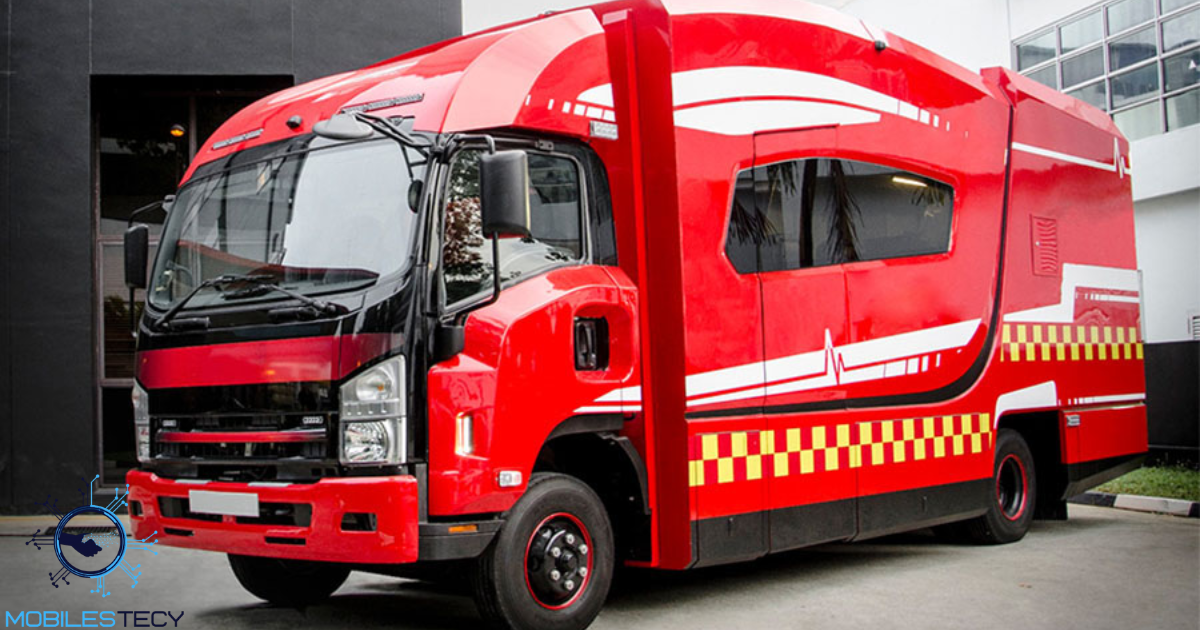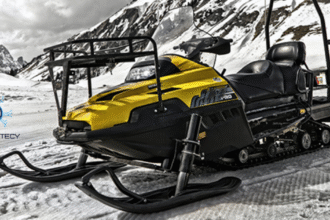Command vehicle technology plays a crucial role in modern crisis response. These specialized vehicles act as mobile headquarters for operational coordination. Equipped with advanced communication tools, they enable seamless multi-agency collaboration. From natural disasters to military missions, their significance continues to grow. Mobility and resilience make them essential assets in unpredictable environments today.
Over decades, command vehicles have evolved from simple transport units. Initially designed as mobile offices, they now feature advanced technologies. Modern systems include satellite communication, surveillance tools, and data processing capabilities. These enhancements ensure continuous operational control in challenging field conditions. Thus, they have become indispensable for both military and civilian use.
The rise of digitalization has accelerated the transformation of command vehicles. Integration of artificial intelligence supports predictive analysis and decision-making efficiency. Cybersecurity systems protect sensitive data against evolving digital threats worldwide. Interoperable networks allow agencies to coordinate seamlessly during large-scale emergencies. This technological convergence defines the future direction of mobile command centers.
Table of Contents
Evolution of Command Vehicle Technology
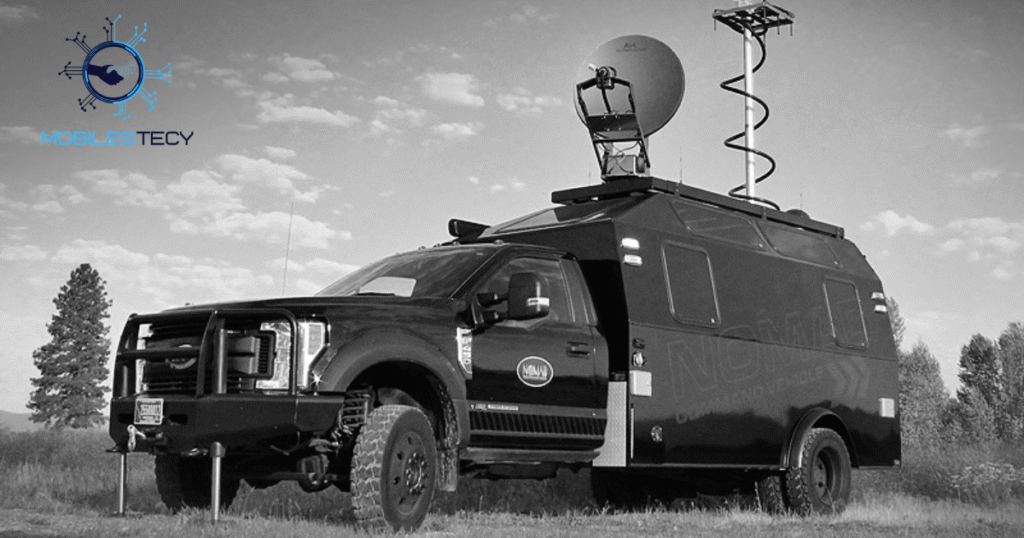
Command vehicles have advanced remarkably since their earliest military applications decades ago. Once functioning as simple units, they now feature advanced technological solutions. This transformation has enhanced their role across multiple operational domains globally. Modern design integrates technology with mobility, ensuring faster responses in emergencies.
The integration of real-time communication tools has strengthened inter-agency collaboration consistently. Satellite, radio, and secure networks ensure uninterrupted connectivity under extreme conditions. These tools make vehicles effective coordination hubs during disaster or conflict operations. Enhanced systems improve mission execution through data sharing and collaborative command processes.
Vehicles today emphasize interoperability, enabling agencies to integrate during joint missions. Shared platforms provide unified situational awareness for military, police, and emergency services. This reduces delays while maximizing efficiency in crisis management situations. Therefore, the evolution reflects both technological progress and growing operational demands globally.
Precision and Mobility
Modern command vehicles emphasize precision in operational planning and execution. GPS systems and advanced sensors provide accurate situational awareness consistently. Mobility allows rapid deployment into urban, rural, or hostile terrains. Together, these features ensure effective responses in unpredictable field conditions.
Rugged platforms support off-road navigation without sacrificing communication stability. Vehicle durability ensures uninterrupted operations during long, demanding missions. Enhanced mobility reduces delays that compromise mission success significantly. Precision and mobility remain critical strengths of command vehicle technology.
Communication and Coordination Capabilities
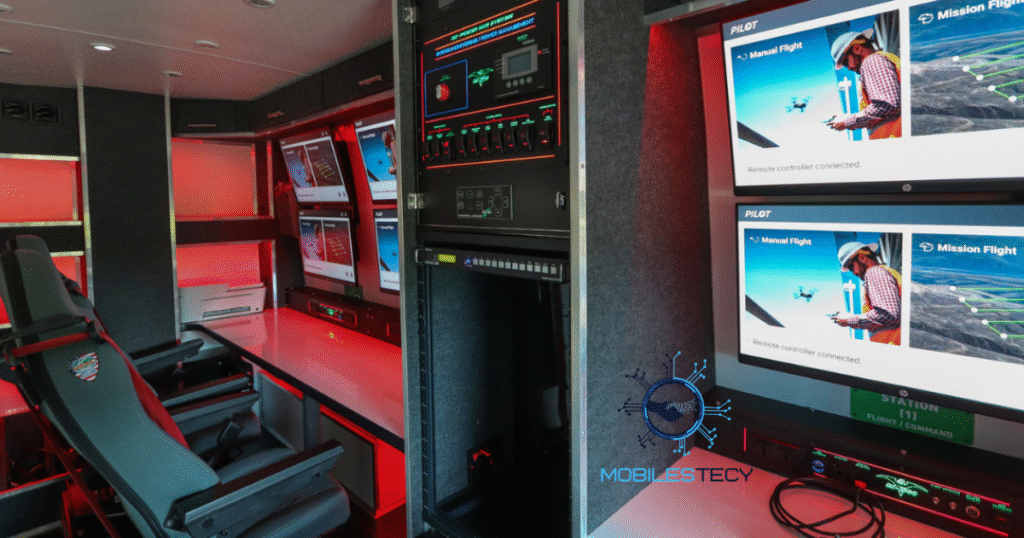
Communication remains the backbone of modern command vehicle technology worldwide. Advanced tools support secure voice, video, and data sharing channels. This ensures continuity of operations even during unstable or hostile situations. Effective communication fosters faster decision-making and unified operational command structures.
Command vehicles now feature integrated satellite systems for global coverage expansion. These allow missions to continue without dependency on local infrastructures. Redundant channels ensure communication stability under high-pressure conditions consistently. Such features strengthen trust and effectiveness among multi-agency teams worldwide.
Coordination technologies provide commanders with real-time visualizations of mission scenarios. These platforms help optimize resource deployment, timing, and operational planning efforts. Seamless coordination reduces confusion during chaotic or multi-layered mission environments. Ultimately, these tools enhance operational confidence for both leadership and field personnel.
Cybersecurity Safeguards
Command vehicles depend heavily on interconnected digital networks for operations. This reliance makes them potential targets for sophisticated cyberattacks globally. Integrated firewalls and encryption protect communication systems against external breaches. Such safeguards preserve data integrity and maintain operational command security.
Some vehicles feature dedicated cyber-defense modules monitoring threats continuously. These systems detect intrusions and respond with automated countermeasures immediately. Specialist teams accompany missions to strengthen cybersecurity resilience further. Digital defense ensures reliability in high-risk and sensitive operations.
Technological Advancements Driving Performance

Innovation drives the continuous performance improvements of command vehicle technology. Modern vehicles integrate AI, sensors, and data analytics for efficiency. These advancements enable commanders to predict, plan, and respond effectively. Greater automation reduces manual workload while improving mission success rates.
Augmented reality systems now assist in real-time visualization of scenarios. This enhances commanders’ ability to assess and adapt during missions. Combining AR with AI increases operational foresight significantly across domains. These tools allow faster responses and better coordination during crises.
Technological upgrades extend beyond communication into energy management systems. Advanced power modules improve endurance and reduce operational downtime considerably. Sustainable energy solutions, including hybrid engines, enhance eco-friendly operational approaches. Thus, advancements deliver performance benefits while aligning with sustainability goals globally.
Sustainability and Energy Efficiency
Sustainability plays an increasing role in command vehicle development today. Manufacturers explore hybrid power systems to reduce fuel dependency worldwide. Electric models provide quieter, stealthier operations in sensitive field environments. Solar panels are also tested for auxiliary energy support globally.
Energy efficiency extends operational range without compromising performance or reliability. Efficient systems reduce environmental impact while increasing vehicle endurance significantly. Sustainability aligns with global trends toward greener, responsible technologies. This direction ensures vehicles remain effective and environmentally conscious assets.
Future of Tactical Operations Vehicle Technology
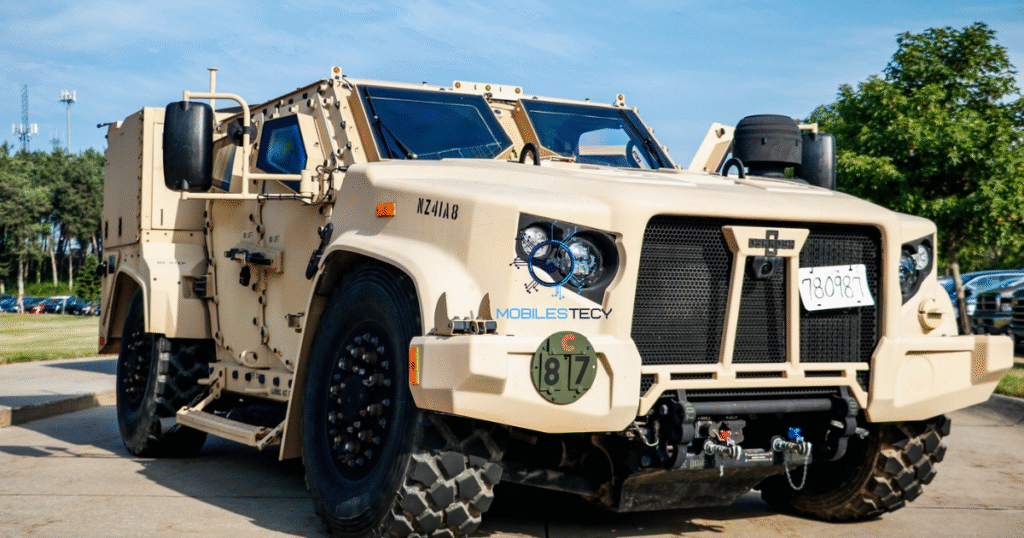
The future of command vehicles lies in greater automation and autonomy. Self-driving systems will reduce workload during prolonged missions significantly. AI-driven decision-making will further optimize responses to dynamic situations. Together, these innovations promise more reliable and versatile operational platforms.
Next-generation vehicles will integrate drones for surveillance and reconnaissance missions. These tools expand coverage and provide critical data during operations. Seamless integration of UAVs ensures commanders gain multi-layered situational awareness. As a result, operational flexibility and adaptability improve dramatically worldwide.
High-speed 5G connectivity will redefine communication capabilities for vehicles globally. Enhanced speed reduces latency and strengthens remote collaboration possibilities. Combining 5G with cloud-based tools provides instant decision-making support. This evolution will shape the future of mobile command systems.
Future Innovations
The future promises even greater integration of autonomous systems in vehicles. Self-driving features will reduce operator workload during extended missions. AI-guided systems may optimize navigation in dynamic field environments. Autonomous support expands possibilities for multi-tasking during critical operations.
Next-generation vehicles may integrate drone fleets for enhanced surveillance coverage. Augmented reality interfaces could improve real-time situational awareness globally. 5G networks will deliver ultra-fast, low-latency communication capabilities worldwide. Future innovations will redefine tactical operations vehicle as unmatched operational assets.
- Advanced command vehicles integrate AI, satellite, and sensor-based communication systems.
- Mobility ensures rapid deployment across urban, rural, and challenging hostile environments.
- Cybersecurity safeguards protect sensitive mission data from evolving digital threats.
- Sustainable hybrid and electric power models reduce environmental operational impact.
- Future vehicles promise autonomous navigation and seamless drone fleet integration.
Faq’s
What is the primary purpose of command vehicle technology today?
Its purpose is providing mobile headquarters for operations during emergencies globally.
How do command vehicles support military and civilian crisis response?
They integrate advanced communication, coordination, and data analysis technologies.
What role does cybersecurity play in modern tactical operations vehicle?
Cybersecurity ensures data integrity and prevents breaches during critical missions.
Are sustainable solutions integrated into tactical operations vehicle technology currently?
Yes, hybrid and electric systems reduce fuel dependency and emissions worldwide.
What innovations will define the future of tactical operations vehicle?
AI, 5G networks, and autonomous features will transform future capabilities.
Conclusion
Command vehicle technology has become indispensable for military, emergency, and disaster operations. It ensures communication, coordination, and mobility during high-pressure environments consistently. The integration of AI, satellite, and sensor systems enhances mission reliability. These vehicles continue to serve as vital assets across global operational landscapes.
Sustainability further strengthens their relevance in modern technological development globally. Hybrid and electric systems reduce environmental impacts while maintaining operational endurance. Solar integration supports auxiliary power requirements during demanding and extended missions. Such eco-friendly innovations reflect broader efforts to align with global trends. Command vehicles now embody both resilience and responsibility in design evolution.
Looking forward, future advancements will transform these vehicles into more autonomous systems. Integration of drones, AI, and 5G connectivity will reshape capabilities. Enhanced situational awareness tools will empower leaders with greater operational control. Such innovations will elevate efficiency and mission outcomes during critical operations. Command vehicles will continue defining excellence in mobile command technology worldwide.
Read more latest Articles on Mobilestecy.com

